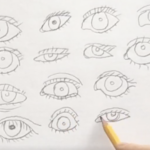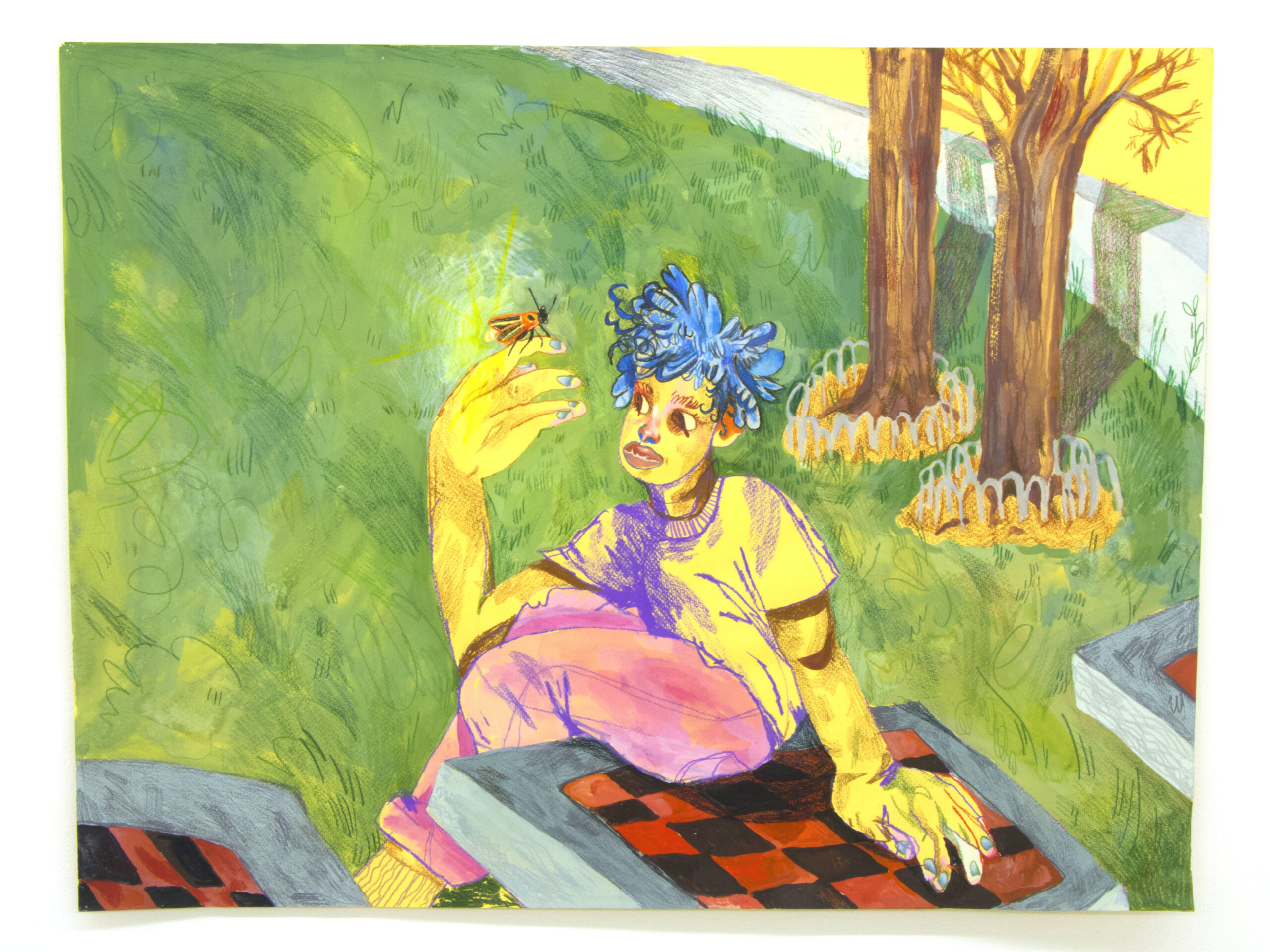Overview
In this lesson, you will learn about light and shadow, and then create, modify, and draw your own shadows.
Materials and Tools
- Several sheets of paper (any kind)
- Drawing utensil (A crayon, or the side of a pencil, might be the easiest drawing tool to create large areas of light and dark)
Activities
Understanding Light and Shadow
When light hits one side of an object, it casts a dark shape on the surface of the opposite side. The dark shape is called a shadow.
Shadows are created by light.
The sun is our most powerful source of light. The sun changes throughout the day and the year, creating many different shadow effects.
Light can come from other sources too. Lamps, flashlights, and candles are sources of light you might find in your home. At night, streetlights create light outside.
Artists use light and shadow to create definition, focus, drama and mood in their artwork.

In a series of over twenty-five paintings, French artist Claude Monet documented the way light and shadow changed the way a group of haystacks in a field appeared.
Even though the haystacks stayed the same, the changes in the light and shadow based on the time of day, weather, and season, dramatically affected the way the haystacks looked.
What differences do you notice in these two paintings?


Look out your window. Do you see any shadows? Shadows move and change as the sun moves through the sky.
Make a drawing of the same shadow in the morning and the afternoon. How does it change?


Look for shadows created by sunlight in your home. Notice how they change over the course of the day.
Draw the same shadows in your home two times, with or without their object.
How are your two drawings different?
Make Your Own Shadows
You can create your own shadows at home with a flashlight or lamp.
Find an object and place it against a simple background. Shine your light on it from the side, just slightly above the object.
Look closely: What happens to the edge of the shadow as it moves farther away from the light?
Draw the object and its shadow from at least two angles.


What is a Silhouette?
A silhouette is a solid, single-colored shape of a person, animal, or object.
See if you can create a silhouette of yourself or something else.
Make a drawing of the silhouette, where all you can see is the shadow.

Get our latest lessons, units and tools delivered to your inbox:
Resources
Artist’s for Inspiration
Here are links to two artists whose work you might enjoy.
Ethiopian photographer Girma Berta created Moving Shadows, two series of photographs of people walking in the sun in his native country. He removed the background and replaced it with a solid color to highlight the people and their shadows.
Claude Monet made over twenty-five paintings of haystacks.

Resources
Artemisia Gentileschi, Judith and Her Maidservant with the Head of Holofernes (Detail), Oil on Canvas, Detroit Institute of Art.
Claude Monet, Haystacks, (Midday),1890-91.Oil on canvas. National Gallery of Australia.
Claude Monet, Wheatstacks, Snow Effect, Morning, 1891. Oil on canvas. J Paul Getty Museum.
Girma Berta, Moving Shadows II, X, 2017. Photograph.
Credits
Written and Photographed By:
Pamela Crimmins, Artist Instructor
Copyright © 2023 Studio in a School NYC LLC





